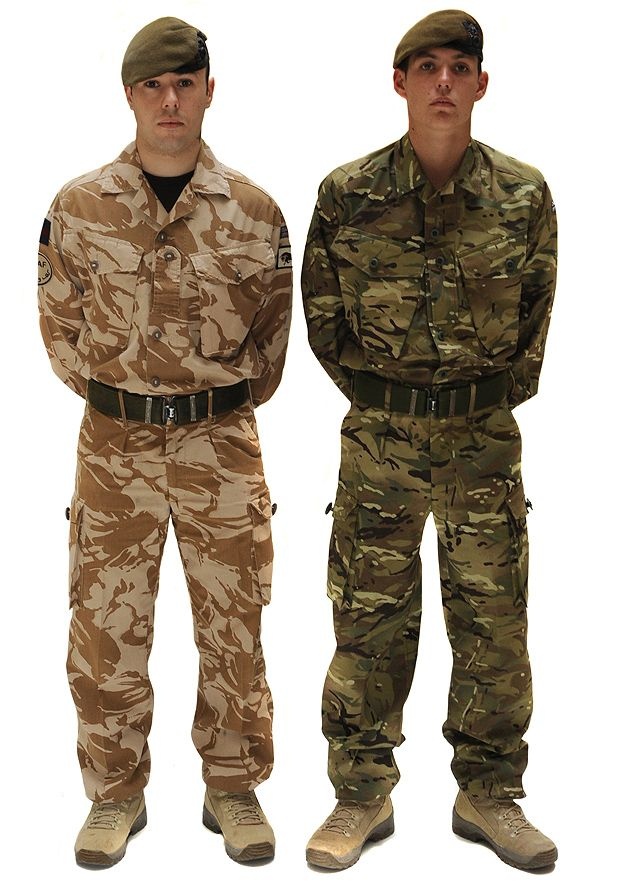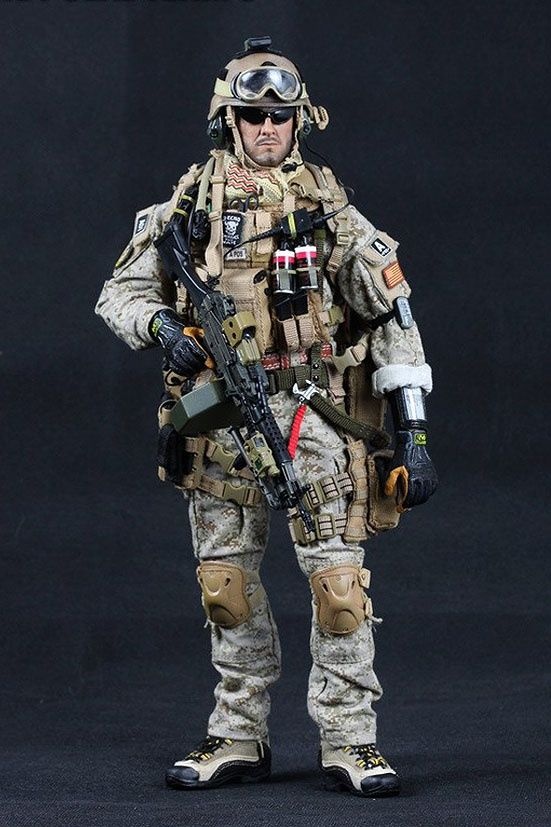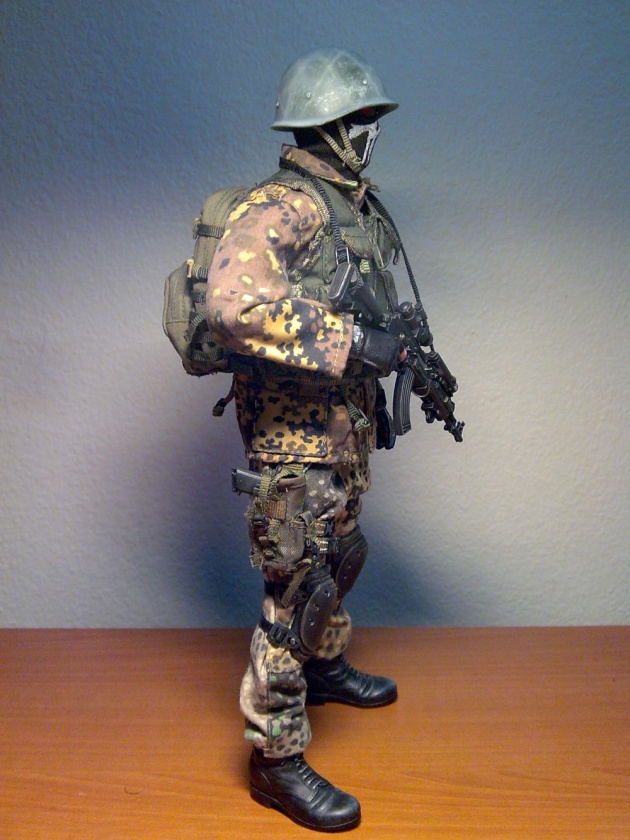1. British SAS (Special Air Service)

The Special Air Service (SAS) is the special forces unit of the British Army founded in 1941 as a regiment, and later reconstituted as a corps in 1950. Serving as a model for special forces around the world, the unit undertakes a number of roles including covert reconnaissance, counter-terrorism, direct action and human intelligence gathering.
The corps presently comprises 22 Special Air Service Regiment, the regular component, under the operational command of United Kingdom Special Forces, and 21 (Artists) Special Air Service Regiment and 23 Special Air Service Regiment, which are reserve units under the operational command of 1st Intelligence, Surveillance and Reconnaissance Brigade.
The Special Air Service traces its origins to 1941 and the Second World War, and was reformed as part of the Territorial Army in 1947, named the 21st Special Air Service Regiment (Artists Rifles). 22 Special Air Service Regiment, part of the regular army, later gained fame and recognition worldwide after successfully assaulting the Iranian Embassy in London and rescuing hostages during the 1980 Iranian Embassy siege, lifting the regiment from obscurity outside the military establishment.
2. Navy SEALs (United States Navy's Sea, Air, Land Teams)

The United States Navy's Sea, Air, Land Teams, commonly known as the Navy SEALs, are the U.S. Navy's principal special operations force and a part of the Naval Special Warfare Command and United States Special Operations Command. The SEALs' duty is to conduct small-unit maritime military operations which originate from, and return to a river, ocean, swamp, delta, or coastline. SEALs can negotiate shallow water areas such as the Persian Gulf coastline, where large ships and submarines are limited due to depth.
"SEAL" is always capitalized in reference to members of the Naval Special Warfare community. The Navy SEALs are trained to operate in all environments (Sea, Air, and Land) for which they are named. SEALs are also prepared to operate in climate extremes of scorching desert, freezing Arctic, and humid jungle. The SEALs current pursuit of elusive, dangerous and high-priority terrorist targets has them operating in remote, mountainous regions of Afghanistan, and in cities torn by factional violence. In the past the SEALs only undertook maritime and littoral operations. Today they can also carry out lethal direct action strikes equally well from air and land.
All SEALs are male members of the United States Navy. The CIA's highly secretive Special Activities Division (SAD) and more specifically its elite Special Operations Group (SOG) recruits operators from the SEAL Teams. Joint Navy SEALs and CIA operations go back to the famed MACV-SOG during the Vietnam War. This cooperation still exists today and is seen in the wars in Iraq and Afghanistan. Due to their reputation as one of the world's premier special operations forces, SEAL operators routinely serve in allied SOFs including the British Special Air Service and Special Boat Service, and Polish GROM.
3. Russian Spetsnaz (Special Purpose Forces)

Spetsnaz is an umbrella term for special forces in Russian; its literal meaning is "special purpose forces". Historically, the term referred to special military units controlled by the military intelligence service GRU (Spetsnaz GRU). It also describes special purpose units, or task forces, of other ministries (such as the Ministry of Emergency Situations' special rescue unit) in post-Soviet countries. This article specifically examines Soviet and Russian spetsnaz forces.
As Spetsnaz is a Russian term it is typically associated with the special forces units of Russia, however other post-Soviet states often refer to their special forces by the term as well, having themselves inherited their special purpose units from the now defunct Soviet security agencies. The 5th Spetsnaz Brigade of Belarus or the Alpha group of the Security Service of Ukraine are both such examples of non-Russian Spetsnaz forces.
-informations gathered from Wikipedia



